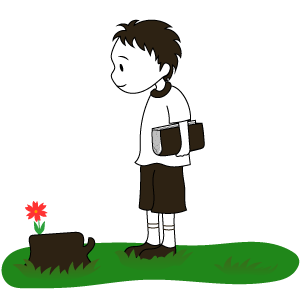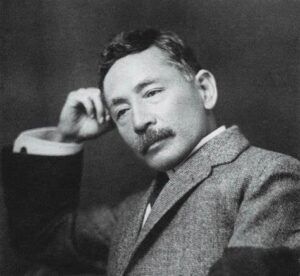Recently, we live in a world where advertisements are used even on the steps of stairs, but it would be almost impossible for an ordinary person to live a day without seeing some kind of advertisement, unless he or she lives deep in the mountains in the middle of nowhere. It would be fair to say that we are surrounded by a variety of advertisements on a daily basis.
By the way, an advertisement is a promotion. It is a tool that stimulates the viewer’s desire to buy something. Some advertisements, such as company advertisements, can also be said to be a means of selling a brand. In other words, the key to advertising is how to stimulate the viewer’s desire to buy and make him or her take action.
No matter how stimulating or interesting it is, if it does not motivate the viewer to buy, the ad is a failure. On the other hand, even if the advertisement is not very good, if it sells well, it is a good advertisement.
This is the difficulty of advertising. Just because you use a lot of top celebrities, shoot on location overseas, and spend a lot of money does not necessarily mean that it will sell, while an advertisement shot in a vacant lot in your neighborhood with unknown people may become a big hit.
At the same time, as a field of expression, it is not always possible to say that an advertisement is a work of art. No matter how high the artistic value is, if the product you want to sell does not sell at all, the sponsor side will be dissatisfied.
Has there ever been a perfect advertisement with high artistic value that also sells products?
Personally, I think of Suntory’s (perhaps) fantastic commercials that used the Sacrada Familia church in Spain as a stage, Coca-Cola’s commercials during the bubble era, and fashion brand Kumikyoku’s commercials, to name a few.
If novels and movies are just products, then if there is such a thing as a perfect advertisement, it may have the same value, or even surpass it, in terms of its impact on society.
And since advertisements are made on the premise that they will be seen by many people, there are limits to what can be expressed. Erotic, grotesque, violent, etc. are naturally avoided. With such restrictions (as well as the wishes of sponsors, politics, religion, etc.), the difficulty of balancing expression and commerce is probably what advertising is all about.
This is somewhat similar to the world of children’s literature. While pleasing the greatest common denominator of people, from children to adults, literary value must be added, and there are restrictions such as intense eroticism, grotesqueness, violence, and so on.
When I think about it, I feel that there are many things we can learn from the TV and YouTube commercials we watch without thinking.
See you soon!








-192x300.jpg)



